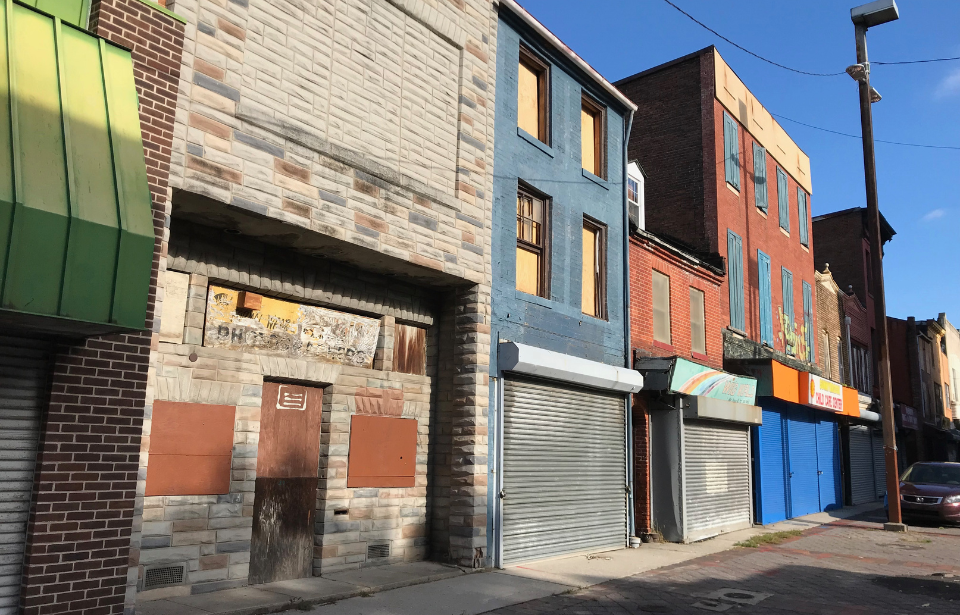The Old Town Mall traces its roots back to the 19th century, making it one of Baltimore’s oldest market spaces. In its heyday, the mall was a vibrant marketplace bustling with vendors and shoppers. The transformation from a thriving market to a pedestrian mall in the 1970s marked a significant shift, aiming to adapt to the changing retail landscape brought on by the rise of suburban shopping centers. However, the mall struggled to maintain the necessary foot traffic to keep the shops open, and practically all businesses in the area shut down. All that is left are the abandoned buildings, which remind us of what this place once was.
Old Town Mall in Baltimore was more than just buildings
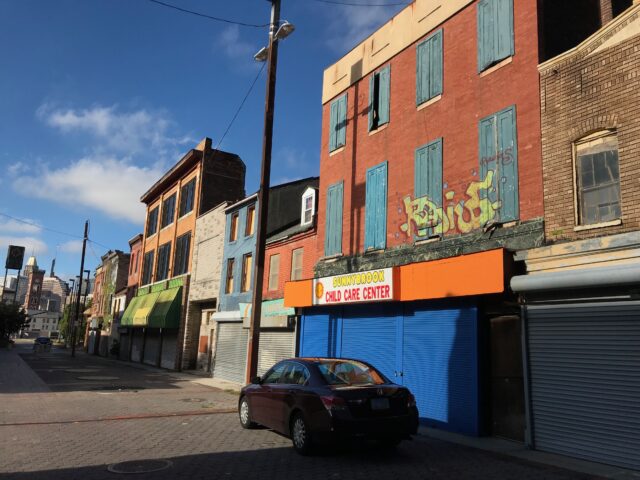
Old Town Mall was first constructed in 1818 as an outdoor shopping district known as the Belair Market in Baltimore. It reached its peak number of stores open to the public when it had 64 in operation and was known as a thriving retail area. The market had a significant influence on the neighborhood, turning the area into a middle-class hub where families and workers could take advantage of all it had to offer.
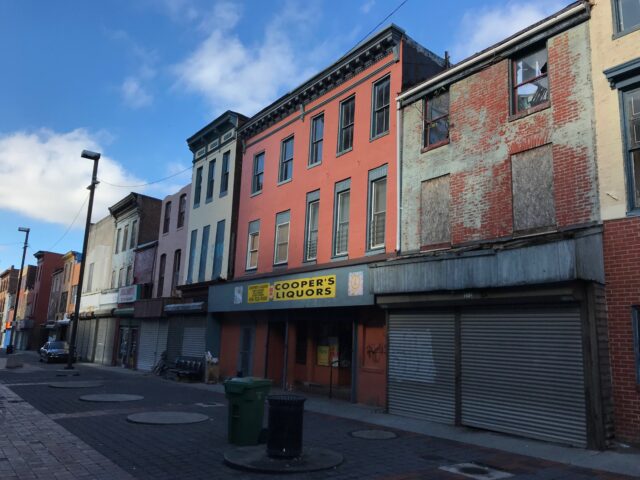
The mall has been a cultural melting pot, historically home to a diverse community, and its proximity to the Inner Harbor of Baltimore has helped make this place a bustling shopping district for decades. However, over time, Old Town Mall would undergo a serious decline into disrepair – one that we continue to see today.
How socio-economic shifts caused the decline of Old Town Mall
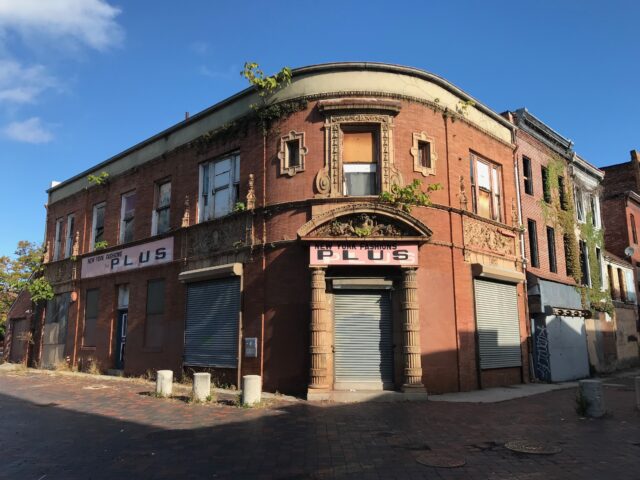
The decline of the Old Town Mall did not happen overnight. Following the Second World War, families once living around Old Town Mall found themselves moving out to suburban neighborhoods, causing the population to dwindle significantly. This shift was so significant, in fact, that it transformed Old Town into one of the poorest areas of Baltimore.
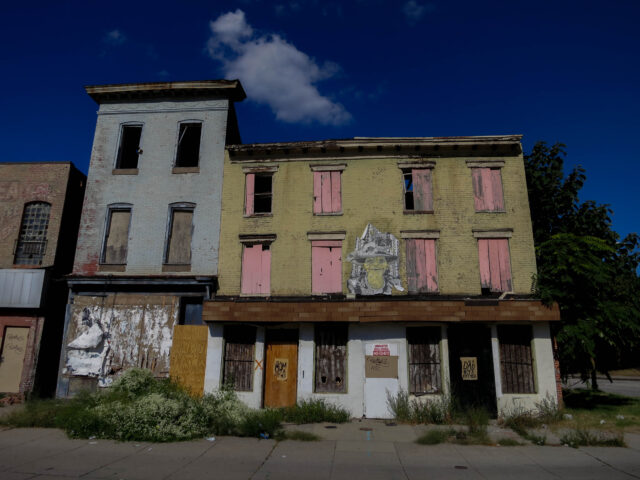
Additionally, the decline was also the result of a complex interplay of socio-economic factors, including the rise of big-box retailers and the increasing availability of online shopping. These shifts led to a decrease in foot traffic, which was critical for the survival of a shopping area designed around pedestrian access. With people no longer physically making their way to Old Town Mall, the entire area felt the economic squeeze, and it was only a matter of time before it fell into desolation.
Visions and challenges for revitalization
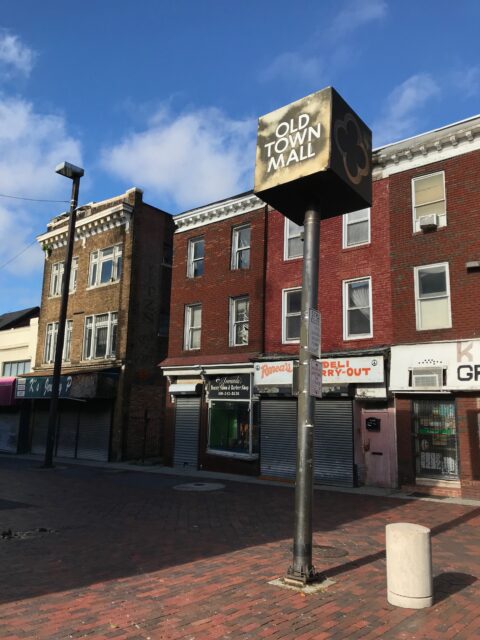
Revitalizing Baltimore’s Old Town Mall is a topic of ongoing debate and planning. In the past, the city has tried to reinvigorate the area, turning it into a pedestrian-only mall, only for it to fall into decline after hundreds of thousands of dollars spent. Even still, urban developers and city officials see potential in the area, especially considering its historical significance and central location. However, challenges such as funding, stakeholder agreement, and aligning modern development with historical preservation make revitalization a difficult task.
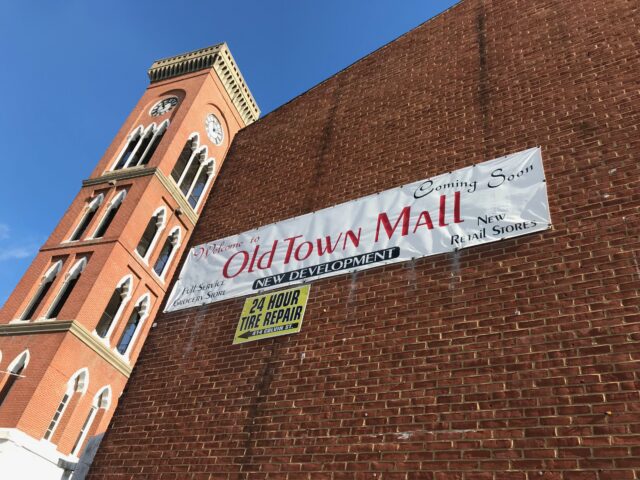
More from us: Exploring the Fusion of Nature and History Through the Anping Tree House
The story of Old Town Mall highlights the need for adaptive urban planning that respects historical contexts while addressing modern needs. As Baltimore continues to evolve, the mall remains a symbol of past community glories and the ongoing struggle to find a place in the future cityscape. The hope is that with thoughtful redevelopment, Old Town Mall will once again be a vibrant hub of activity, blending the old with the new in a celebration of Baltimore’s rich heritage.
